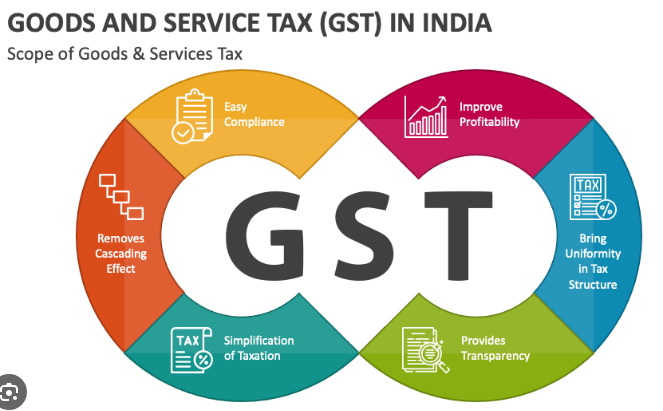Context:
India’s Goods and Services Tax (GST) collections in March grew 11.5 per cent to ₹ 1.78 lakh crore.
More on news
• India’s gross Goods and Services Tax (GST) revenues hit their second highest level of ₹1,78,484 crore in March, 2024.
- The highest-ever GST collection was recorded at ₹ 1.87 lakh crore in April 2023.
- This increase was mainly because more people were buying and selling things within the country.
- Gross revenues from domestic transactions (which typically include taxes on services imports) grew 17.6% in March, compared with a 13.9% rise in February.
- This lifted the total tally of the indirect tax for 2023-24 to a little over ₹20.18 lakh crore, reflecting an 11.6% growth from the previous year.
- Integrated Goods and Services Tax (IGST) receipts accounted for a bulk of the receipts in March at ₹87,947 crore, followed by State GST collections of ₹43,746 crore and Central GST of ₹34,532 crore.
- Net GST revenues, after accounting for refunds, grew at a faster pace of 18.4% in March to touch ₹1.65 lakh crore, compared with February when they had grown 13.6% to ₹1.51 lakh crore.
State’s Position on GST revenue:
- Mizoram recorded a 29% contraction in revenues in March.
- 18 States recorded lower revenue growth than the national average of 17.6% for domestic transactions.
- The erstwhile State of Jammu and Kashmir recorded a 26% uptick, while the Union Territory of Ladakh recorded the highest revenue growth in the country at 82%.
- 11 States grew faster than the national average.
About Goods and Service Tax
- Goods and Services Tax (GST) is a multi-stage, destination-oriented tax system that is comprehensive in nature and applies to the sale of goods and services.
- It was implemented to replace a variety of previous indirect taxes, including the value-added tax (VAT), service tax, purchase tax, excise duty among others.
Four Different Types of GST Tax in India are:
- The Integrated Goods and Services Tax (IGST): It is a tax under the GST regime that is applied on the interstate (between 2 states) supply of goods and/or services as well as on imports and exports.
- The State Goods and Services Tax (SGST): It is a tax under the GST regime that is applicable on intrastate (within the same state) transactions. In the case of an intrastate supply of goods and/or services, both State GST and Central GST are levied.
- The Union Territory Goods and Services Tax (UTGST): It is the counterpart of State Goods and Services Tax (SGST) which is levied on the supply of goods and/or services in the Union Territories (UTs) of India.
- Central Goods and Services Tax (CGST): Just like State GST, the Central Goods and Services Tax of CGST is a tax under the GST regime that is applicable on intrastate (within the same state) transactions. The CGST is governed by the CGST Act. The revenue earned from CGST is collected by the Central Government.

